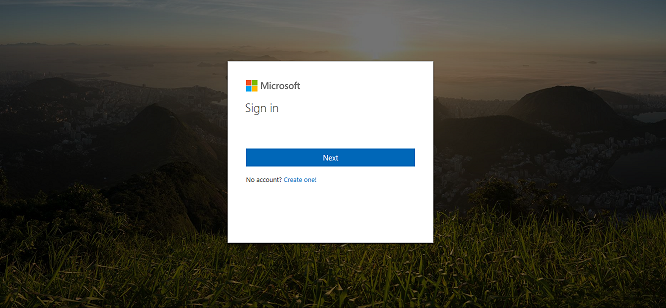If you are new to Hotmail, it is a legendary email account to be associated with. Though Hotmail domain has been inactivated for long, it remains an option under the integrated platform of Microsoft accounts. Having merged with Microsoft and MSN, it was later brought in to merge with Live or Outlook domain of Microsoft.

Easy login features of old Hotmail domain
Old Hotmail accounts which were accessible through the Hotmail domain separately used to provide easy login features. All one had to do is to have a username and password that was easy to remember. Keying in these details would open up the inbox and provide access to other folders of one’s email account. However, this also led to many accounts of Hotmail being easily compromised. Many people found their accounts being hacked into; it was due to many errors on the part of the users and the easy login features and lack of security on the part of Hotmail.
Changes in domain
When Hotmail was taken over by Microsoft within a few years after it was formed, there were several changes that were introduced:
- The Hotmail dedicated domain was preserved for several years.
- Hotmail was given access to MSN users as well.
- In the new millennium a consolidation effort was put in place by Microsoft to bring together all its email services under one platform.
- It was made part of live domain.
- As Outlook was introduced as the new email interface of Microsoft, all other domains such as Hotmail was integrated with it.
The above points showcase how Hotmail domain underwent changes. This also had reflections on how one could log into their account and how login security features were maintained.
Login features in new Hotmail domain
Today the Hotmail users can experience the same ease of logging into their email account, but security features have been enhanced. Many steps have been taken by Microsoft to reduce chances of hacking into Hotmail user accounts. The following changes can be noted:
- There is a username field that requires one to input their Hotmail email address. No separate username needs to be created.
- One can choose to key in their password or a onetime code that is sent to their registered phone number.
- The above steps help Microsoft to maintain a unified login interface for all users of different services, either Hotmail or Outlook.
With the above points one can understand the kind of changes that Hotmail has undergone. For any user trying to login to their Hotmail account the following steps can be followed:
- One needs to type in the domain address Hotmail.com on their web browser.
- They can also choose to visit live.com directly to access the unified login portal of Microsoft.
- No matter which process is followed, one would land up at the unified domain of Microsfot.live domain.
- The first page prompts the user to key in their username. For Hotmail account users they need to key in their full email address.
- The next step is to move to the next page where you need to enter the password. There is also the option of entering a one time pass code that is sent as a text message to your phone.
- Alternately, if one has forgotten their password or wishes to reset it, there is a link that is provided. By following the link one can key in their alternate email address where one will receive the reset link for resetting the password.
- There are additional security measures incorporated by Microsoft to make secure login for all users. The two step verification process has been introduced to make any account access secure for email users. For instance, the 2-step verification process requires the input of a mobile number where one can receive text messages for resetting passwords or for receiving codes that will allow one to access their account without having to key in a password or remember it every time.
The above steps or points showcase how Microsoft has made it secure for all email account users, both of the Hotmail and Outlook domains. The secure login features extend to all Microsoft service accounts that include services like Skype, Xbox, Microsoft Office and others.

